 Abraham Lincoln
If given the truth, the people can be depended upon to meet any national crisis...
Abraham Lincoln
If given the truth, the people can be depended upon to meet any national crisis...
 Guildford news...
for Guildford people, brought to you by Guildford reporters - Guildford's own news service
Guildford news...
for Guildford people, brought to you by Guildford reporters - Guildford's own news service
Birdwatcher’s Diary No.202
Published on: 9 Feb, 2020
Updated on: 9 Feb, 2020
By Malcolm Fincham
All in all, this winter has so far remained a relatively mild one in the southern regions of the UK.
Although some parts of the Northern Hemisphere had been plunged into Arctic conditions, We had stayed, for much of it, on the southern side of what has become in recent years an increasingly wavy jet stream.
In spite of a continued strong westerly flow of low pressure systems across our shores, a few settled spells prevailed.
Such moments allowed me to set out around the Surrey countryside in the hope of catching a few glimpses of the local wildlife in their natural surroundings.
At Papercourt water meadows, near Send, as mentioned during my previous reports, a barn owl continued to regularly be seen, quartering in the late afternoon sunshine.
Rose-ringed parakeets continued to be a common sight and sound there.
While possibly the most stunning views were of the winter sun at its time of setting, though still too early in the day for my liking.
As January drew to a close, a window of opportunity as well as a spell of settled weather allowed my wife and I to get away for a few days.
Kindly, she had organised a visit to the Isle of Sheppey in Kent. One of my favourite locations to visit during winter months.
I have visited the island on numerous occasions and have written about some of my ventures there in a few of my previous reports.
A long time had passed since I had been graced with the chance of seeing a long-eared owl. It was certainly prior to my days of photographing my sightings as well as writing these birdwatcher diary reports! On that occasion my son, now in his 30s, was still at school!
Distant memories still held a vivid recollection of my son’s eyes and face lighting up when eventually he saw its eyes looking back at him, as it sat so well camouflaged in the thicket of bushes, just feet away.
Looking back across the fields at Elmley marshes, I recalled the bridge, opened in 2006, now standing out on the skyline. It hadn’t been built when my son and I had visited.
Now it provides an alternative highway to the neighbouring Kingsferry Bridge that we crossed at the time.
Ironically, the long-eared owl had taken to roost in the same hedgerow on Elmley marshes, although even more obscured than before.
When first seen by birdwatchers a few weeks ago, as many as three had been there.
Unfortunately, over-enthusiastic photographers had been attempting various ways of getting better pictures, only to cause the owls to retreat deeper into the undergrowth.
The Isle of Sheppey is renown during winter months for its abundance and variety of birds of prey.
I was especially surprised at the amount of kestrels we saw there.
I counted at least a dozen within the various locations we visited.
While in the early afternoon sunshine, at least four short-eared owls could be seen hunting across the low lying landscape, stretching out across the reserve.
Residing at the Harty Ferry Inn, we were able to view across the Swale estuary where the ferry used to cross to Oare marshes on Kent’s mainland.
A late afternoon walk near the inn gave me the opportunity of photographing a barn owl.
It could first be viewed hunting along the stretch of marshland along the edge of the river.
Adding to my luck and surprise, it turned and began to fly in my direction.
Eventually flying close by before turning to quarter the nearby field.
Although not seeing any grey partridges, plenty of red-legged partridges were present. “Twitchy” by nature, they would take flight on first sight of a human.
Several brown hares could also be viewed as the light began to fade.
While skeins of geese could be seen and heard, as they flew over in the late afternoon sky.
As the sun began to set, groups of fieldfares flew by reflecting the last of the day’s sun on their flanks.
Among them, and equal in number, redwings could also be seen.
On Harty marshes the following day there were a good number of marsh harriers out hunting. Counting at least five at various points of the compass at one stage.
They were just a few of the many that inhabit the island during the winter months.
At a raptor-view mound, by the roadside on Harty marshes, as well as watching the marsh harriers as they quartered over the nearby reed beds, a little egret rose from the reeds. And while glistening in the sunshine, flew overhead.
Less common, are hen harriers.
I was most pleased to get two in one camera shot. Not only adding it to my 2020 sightings list, but also better photos than the one I recorded in Shackleford, near Godalming, in December last year, and wrote about in report 200.
Unfortunately, the white-fronted geese and the bewick swans were too far across the fields to pick out with my camera lens. And a merlin flew by too fast for me to react.
I did, however, add a few of the 50 or more corn buntings that flew across my path, settling briefly in a bramble clump.
Lapwings were plentiful, often “put up”, in flight by a marsh harrier passing through.
Close to view was a very confiding skylark, looking resplendent as it raised its quiff.
Both male and female stonechats could be commonly be seen.
Large groups of shelducks gathered around the wetland areas.
While “whistling” wigeon could be heard and seen as they gathered in abundance, in and around the pools.
Inevitably, the weakening afternoon sun, once again, began to wane.
Recent Articles
- A Lighthouse in the Centre of Town Showing the Way to Community
- Letter: SCC Directs Weedkilling Policy
- Library Gets Lottery Grant To Raise Awareness of Green Issues
- Story of Wartime Canadian Army Entertainment Unit Based at Down Place, Guildford
- Flashback: Around the Very Top: Slow Progress to Our First Remote Stop
- Letter: Weeds Are Just Flowers in the Wrong Place
- Summary of GBC Planning Decisions – May 21, 2025
- Discounted Parking Scheme for Night-time Economy
- Guildford Museum Shares Jekyll’s Boots with British Library for New Exhibition
- Stoke Park Paddling Pool Stays Closed After Tests Show Contamination


Search in Site
Media Gallery
Dragon Interview: Local Artist Leaves Her Mark At One of England’s Most Historic Buildings
January 21, 2023 / No Comment / Read MoreDragon Interview: Lib Dem Planning Chair: ‘Current Policy Doesn’t Work for Local People’
January 19, 2023 / No Comment / Read MoreA3 Tunnel in Guildford ‘Necessary’ for New Homes, Says Guildford’s MP
January 10, 2023 / No Comment / Read More‘Madness’ for London Road Scheme to Go Ahead Against ‘Huge Opposition’, Says SCC Leader
January 6, 2023 / No Comment / Read MoreCouncillor’s Son Starts Campaign for More Consultation on North Street Plan
December 30, 2022 / No Comment / Read MoreCounty Council Climbs Down Over London Road Works – Further ‘Engagement’ Period Announced
December 14, 2022 / No Comment / Read MoreDragon Interview: GBC Reaction to the Government’s Expected Decision to Relax Housing Targets
December 7, 2022 / No Comment / Read MoreHow Can Our Town Centre Businesses Recover? Watch the Shop Front Debate
May 18, 2020 / No Comment / Read More



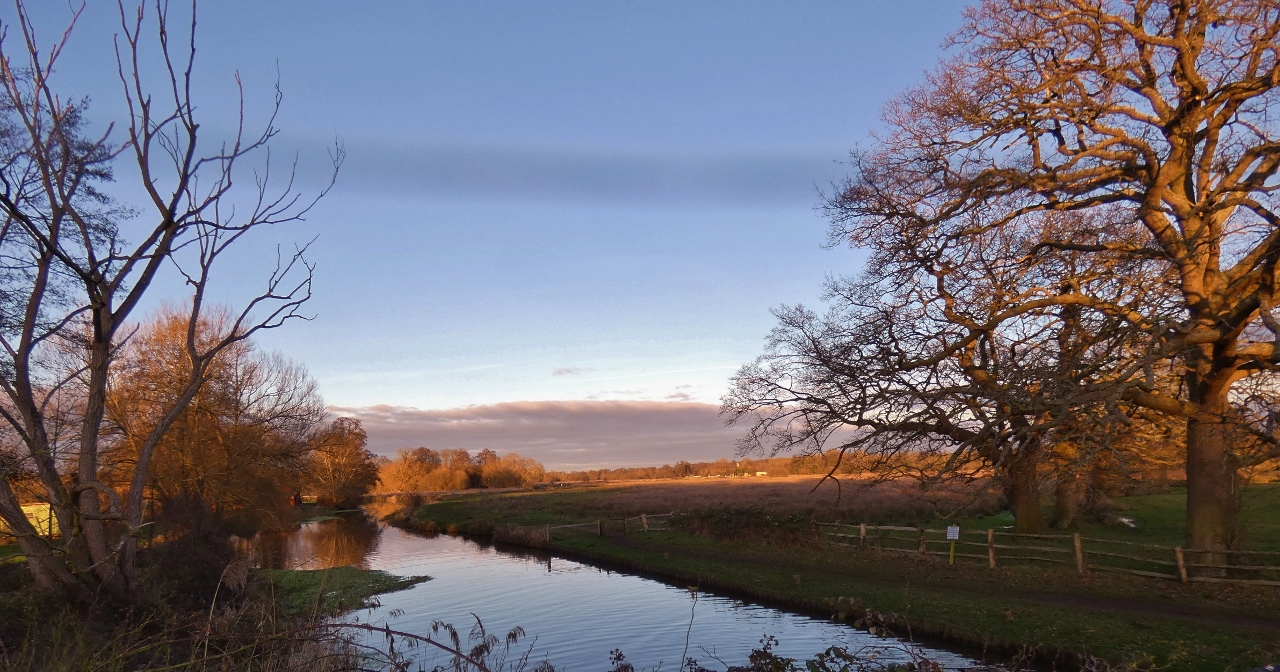

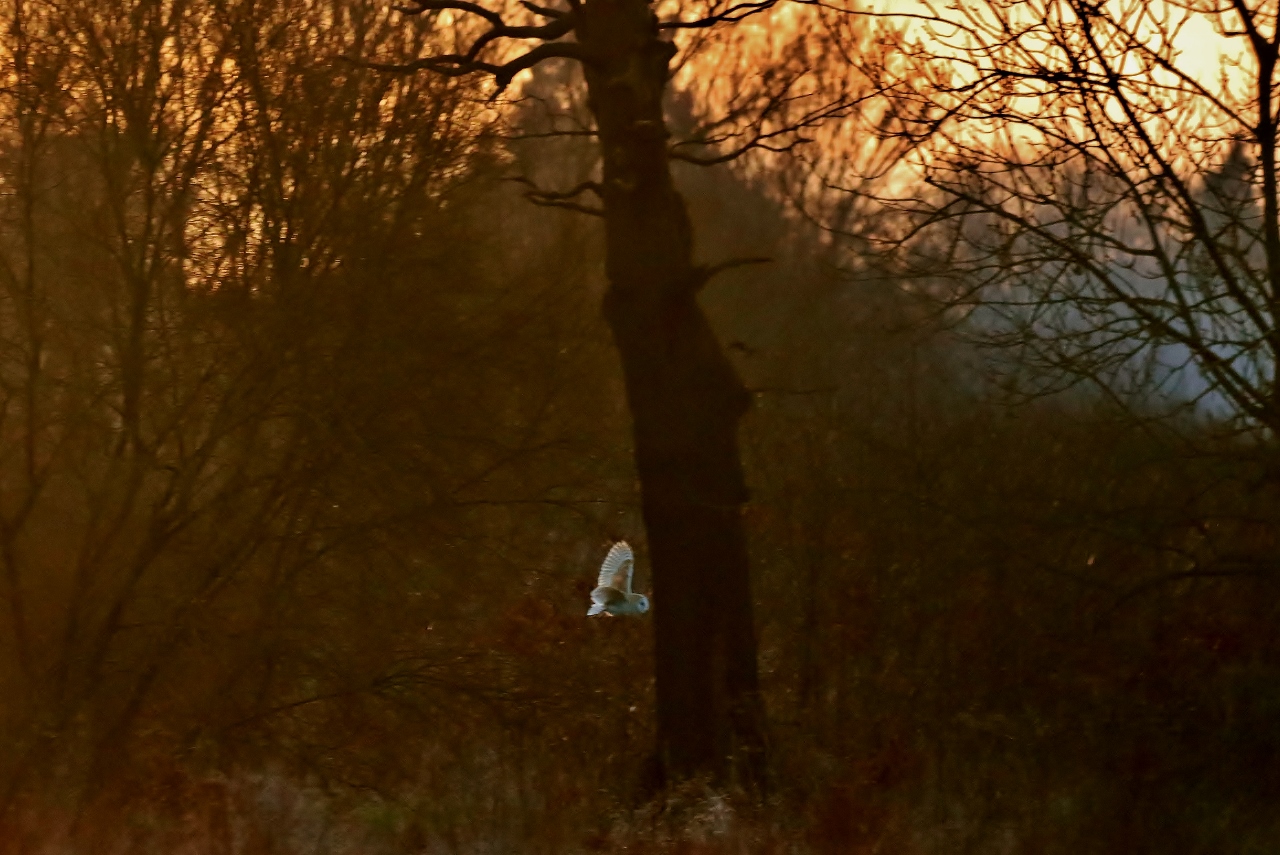
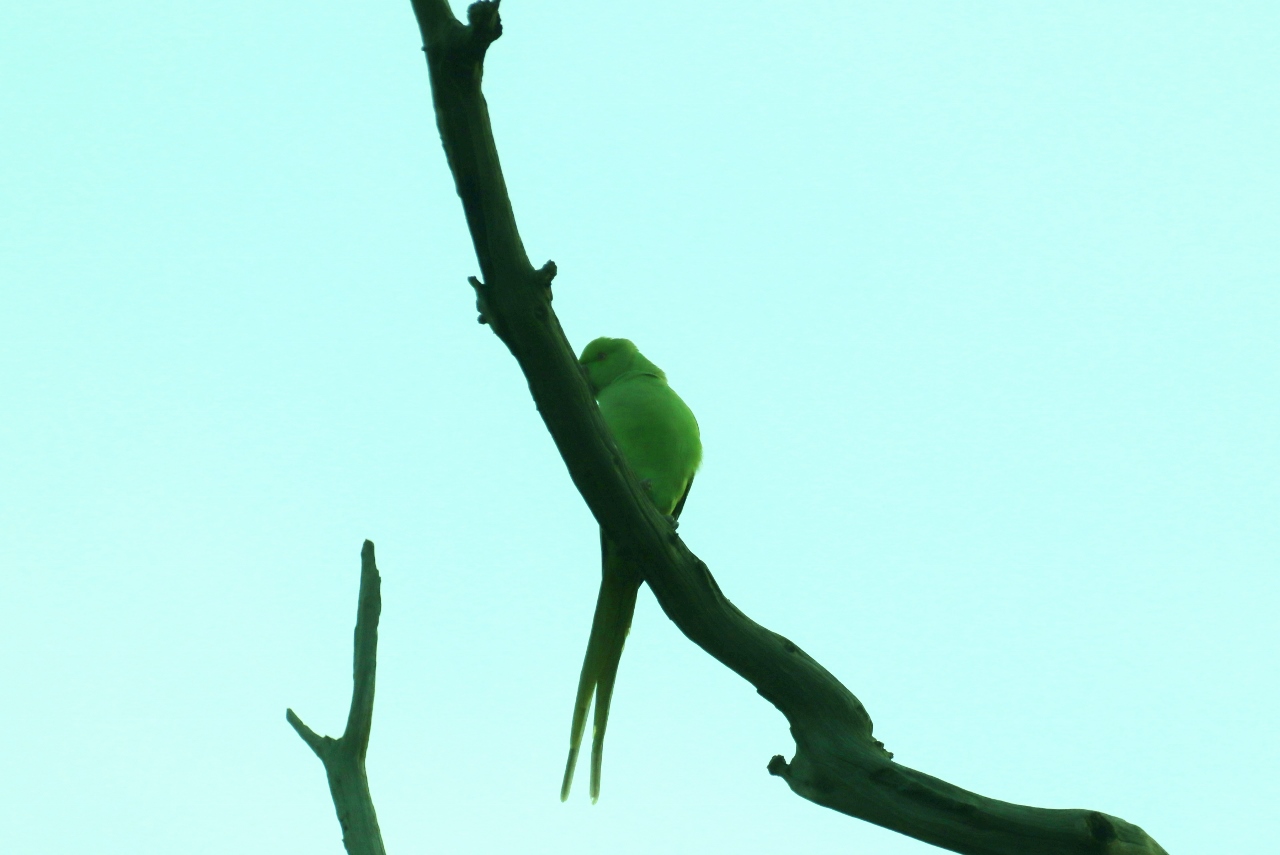
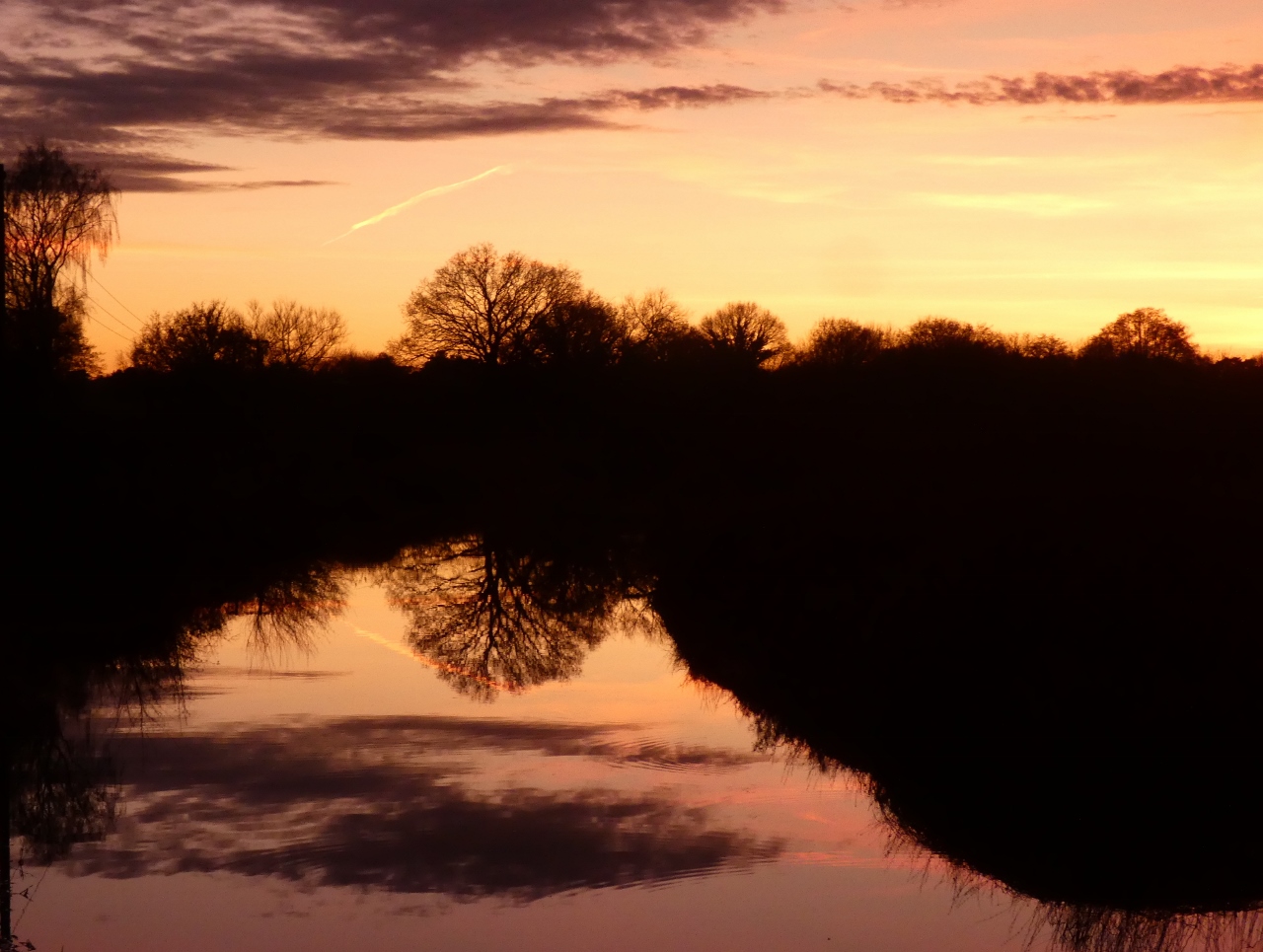
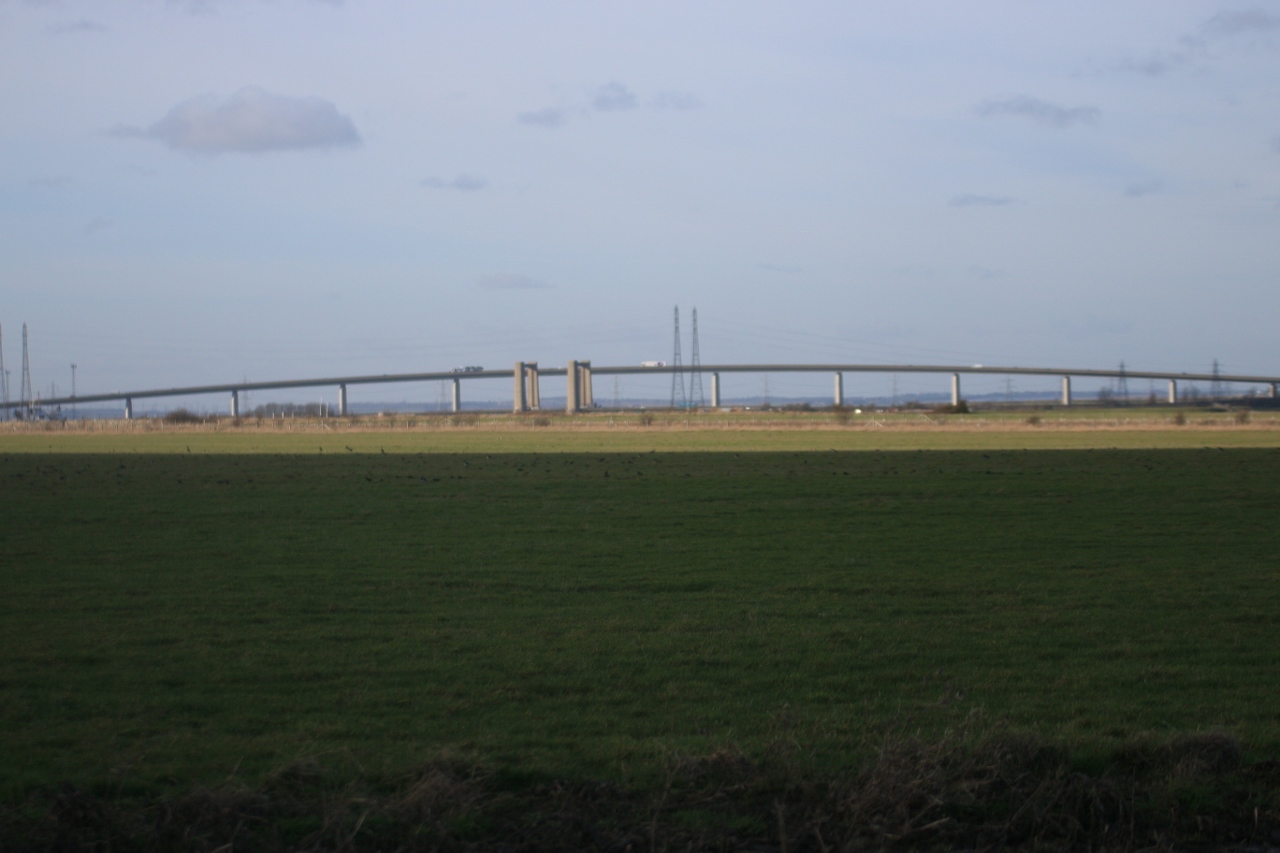

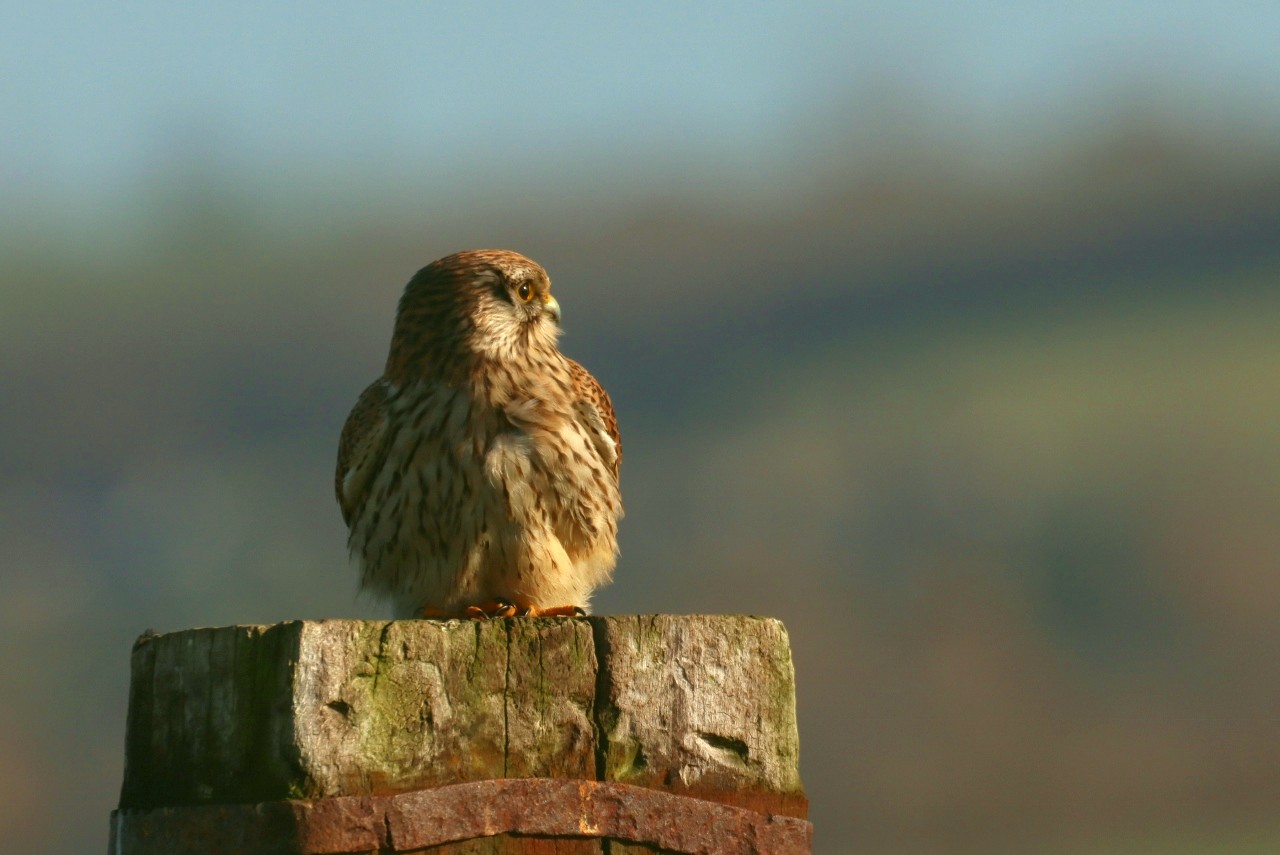
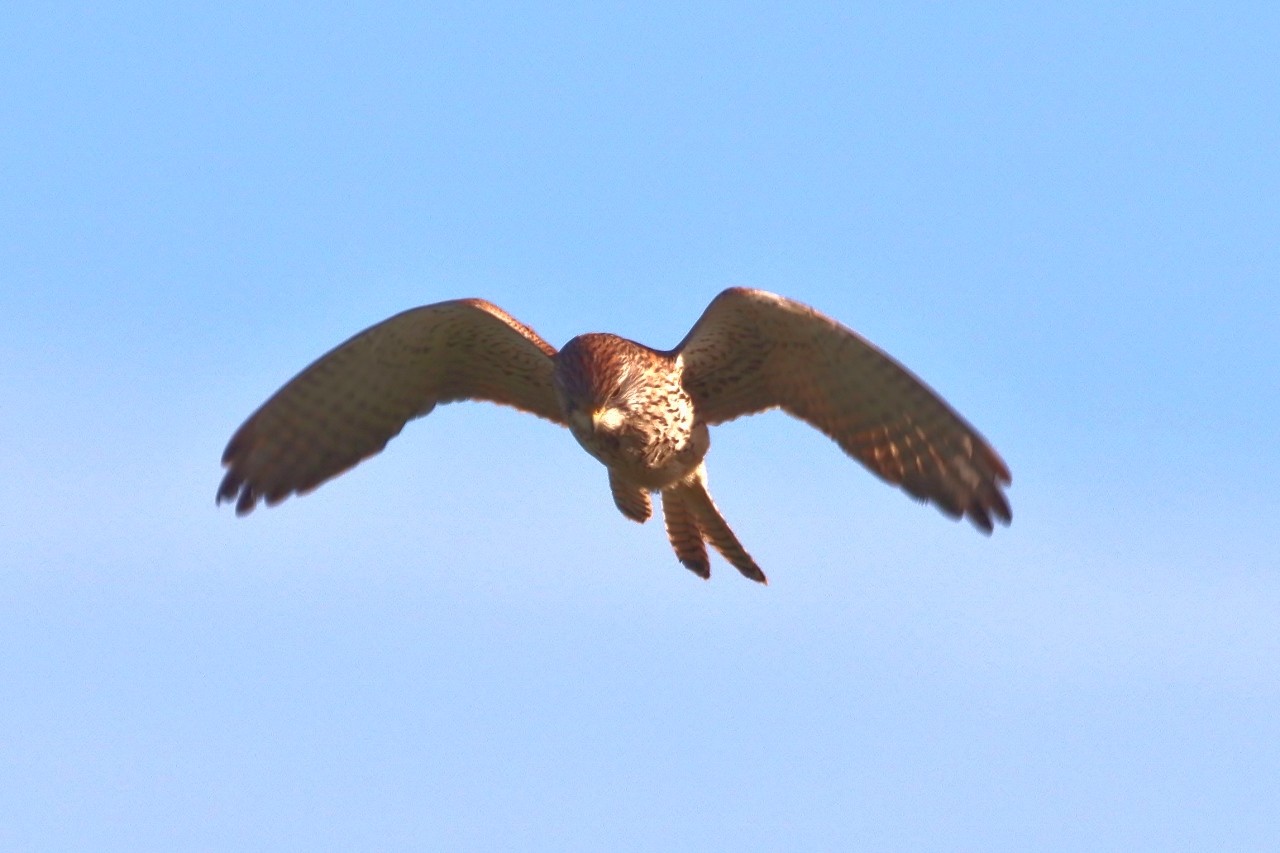
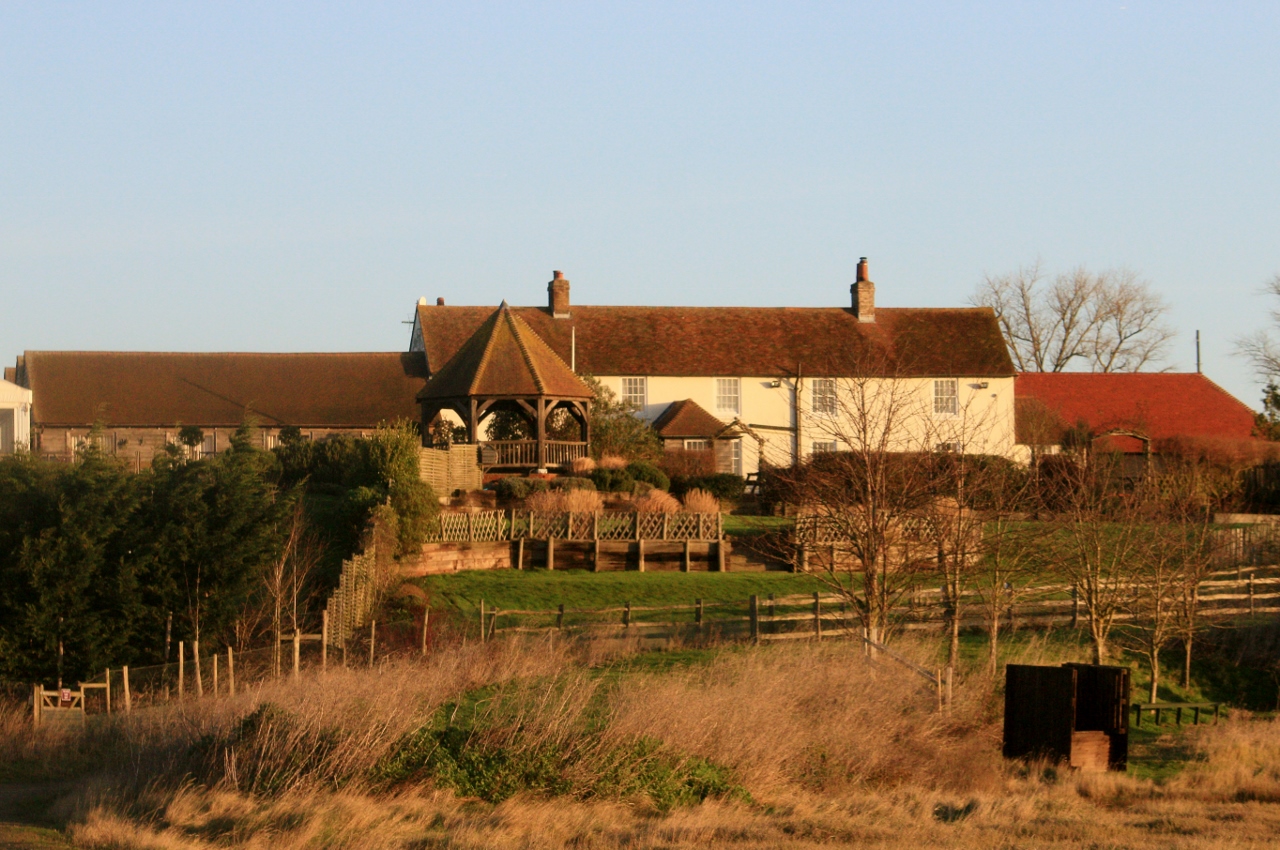
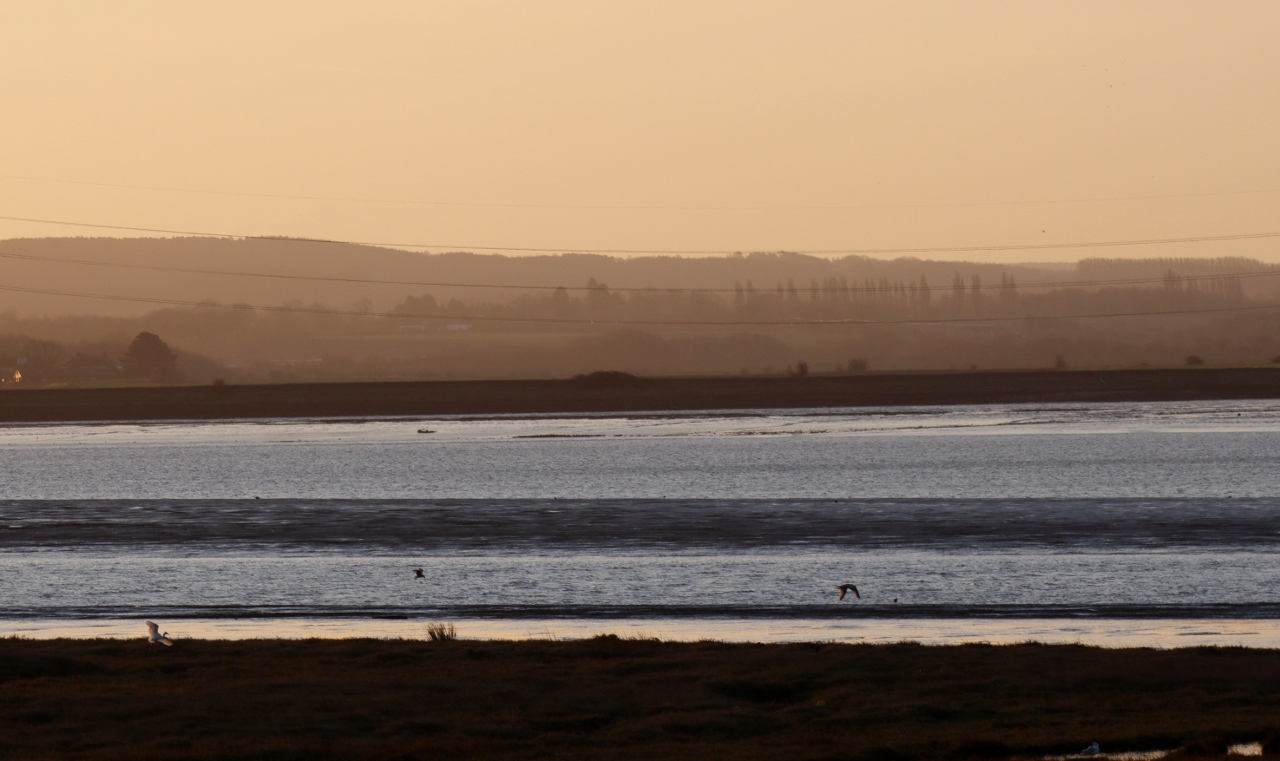

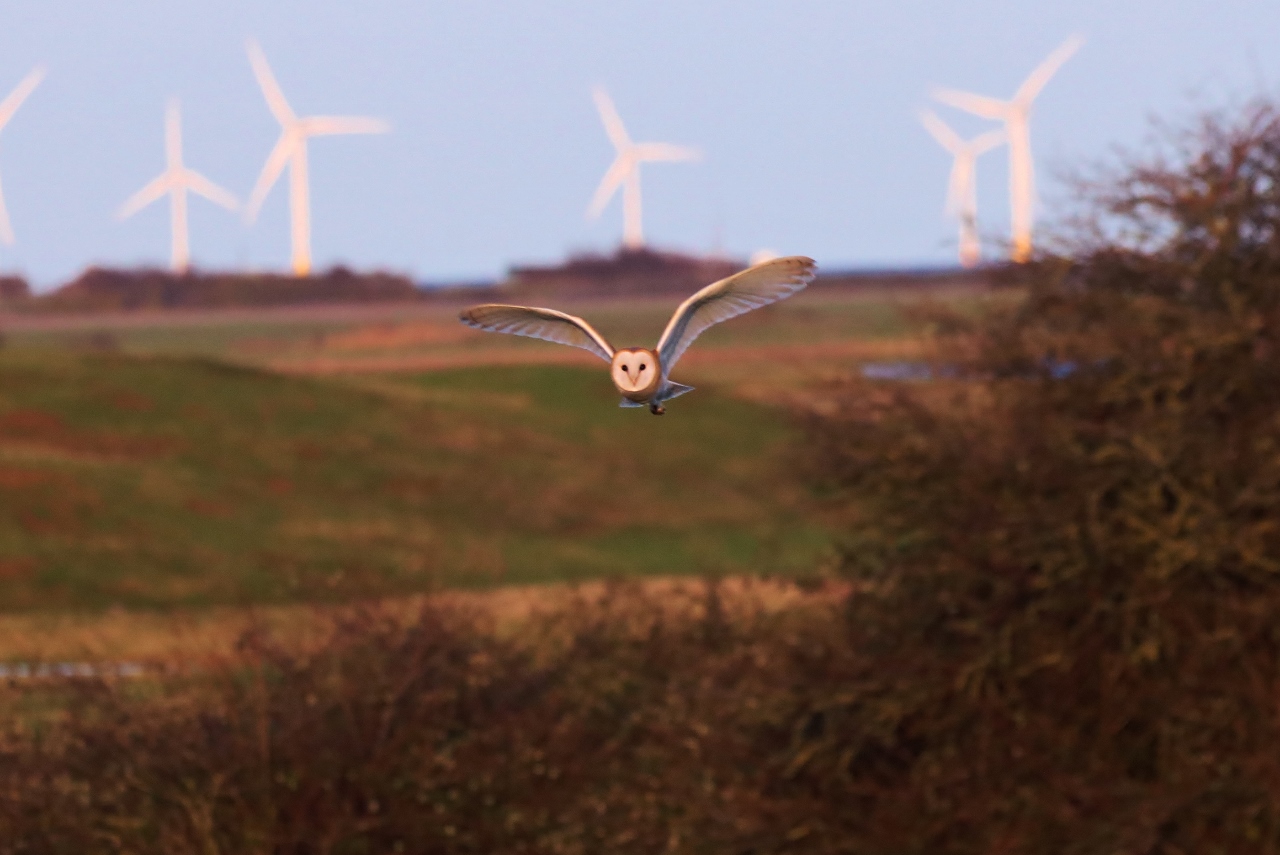
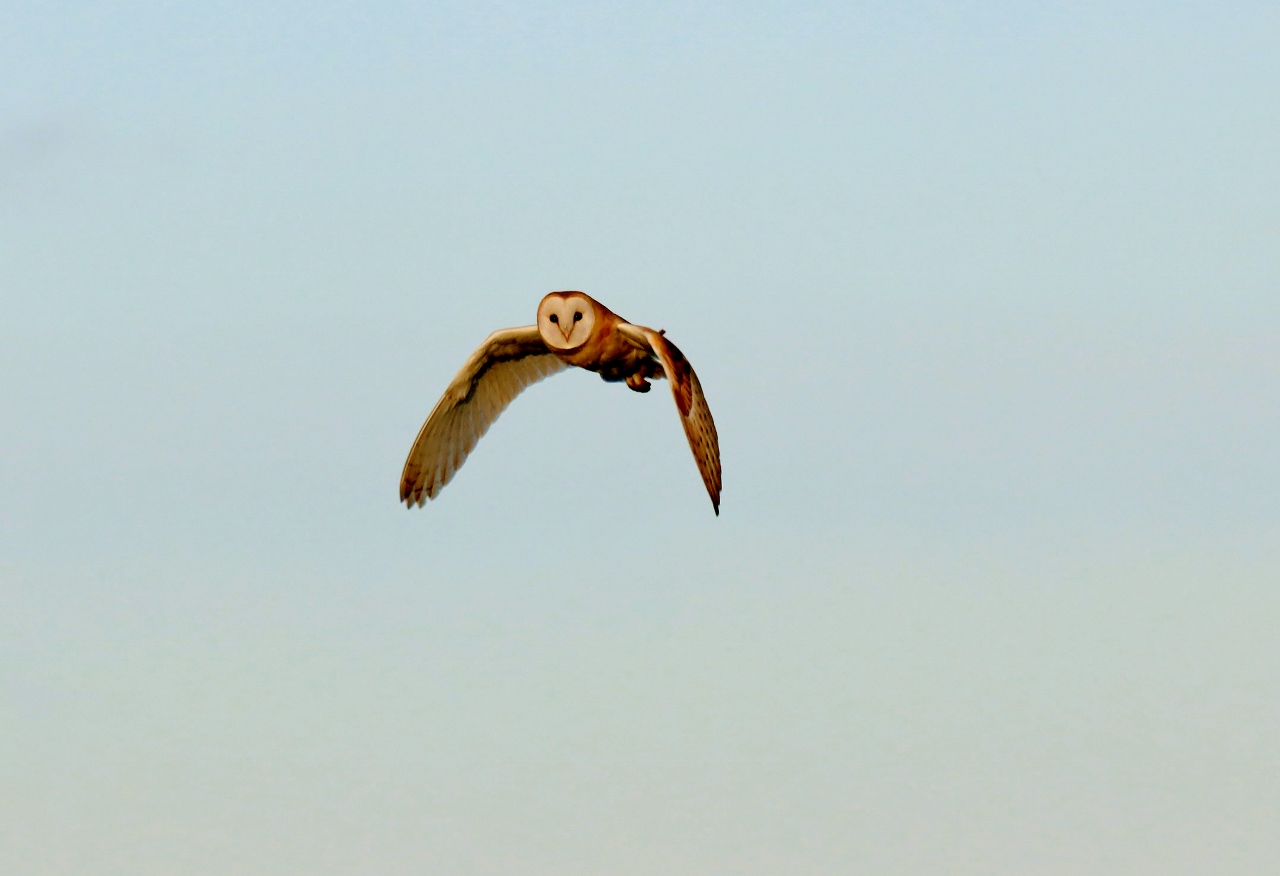
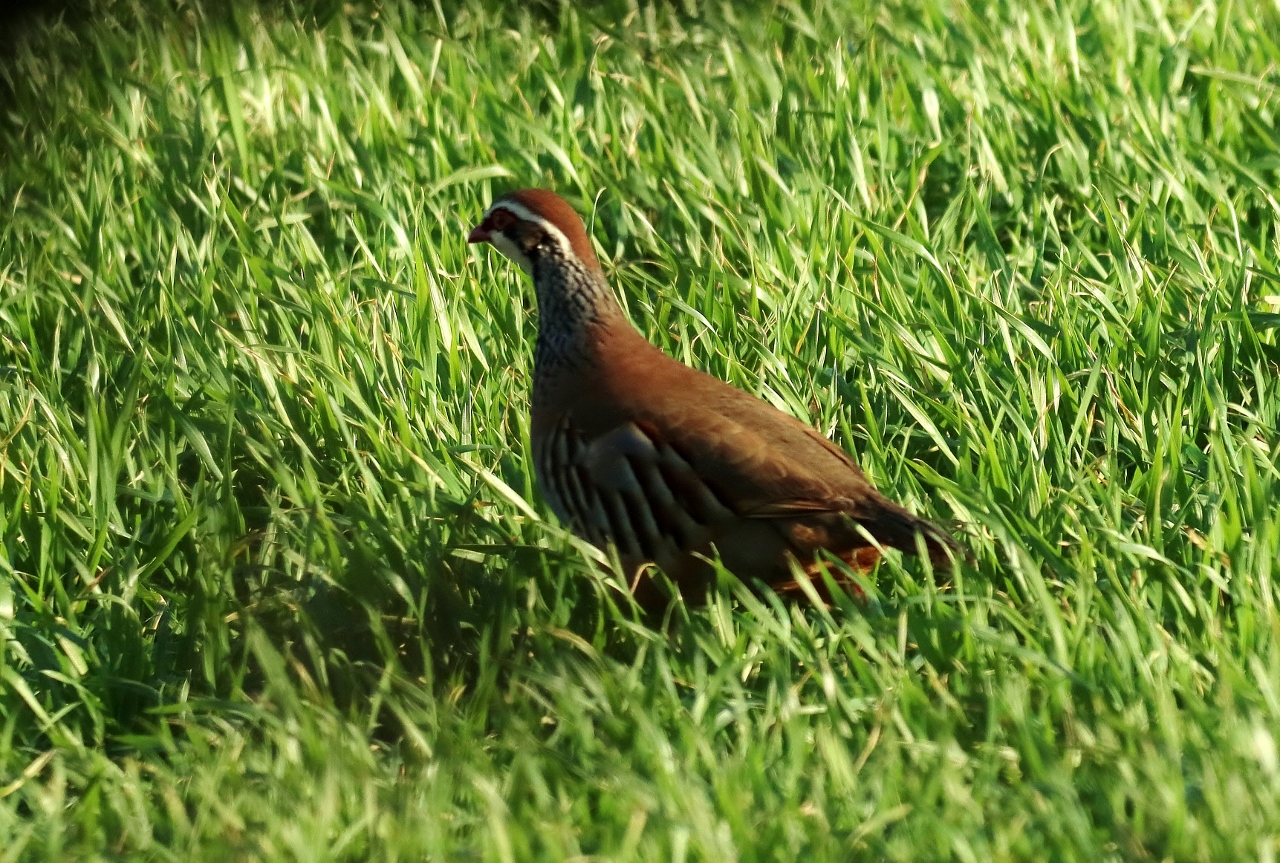
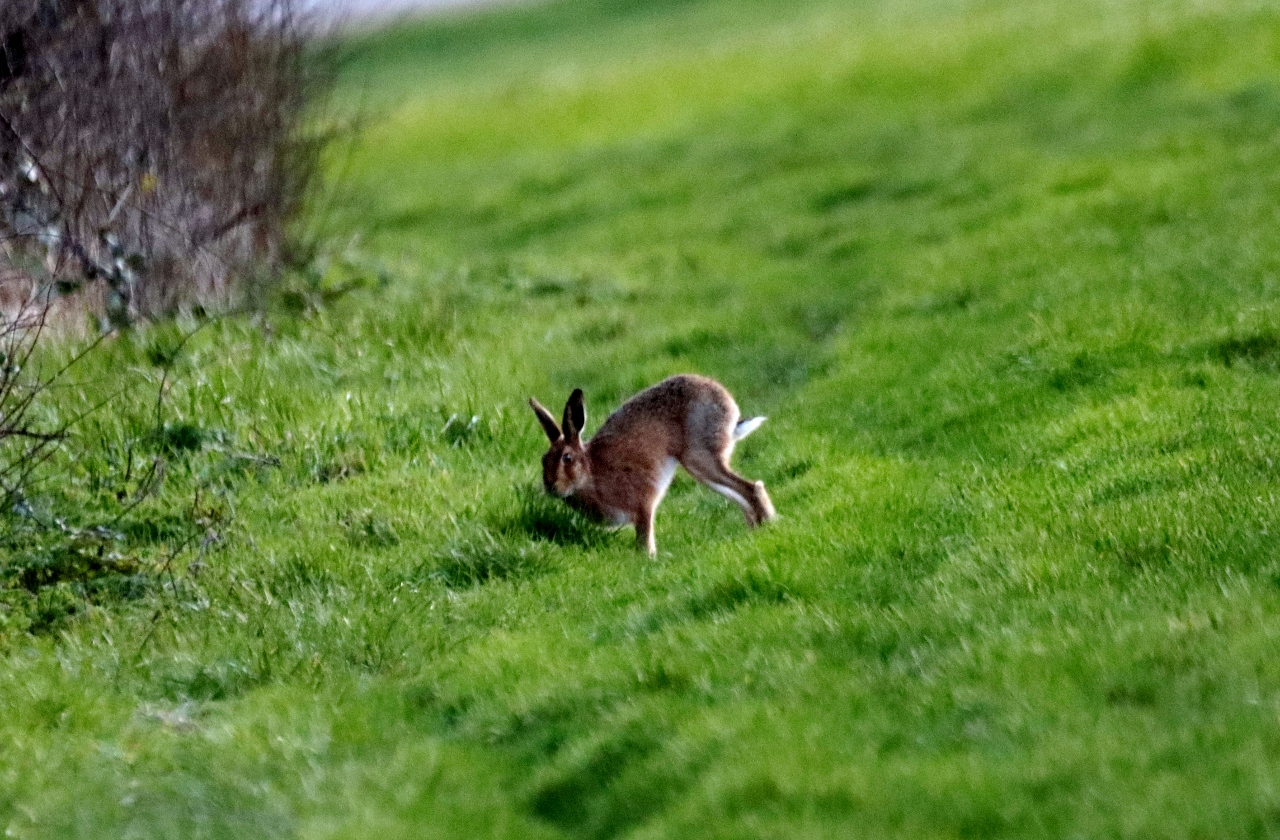
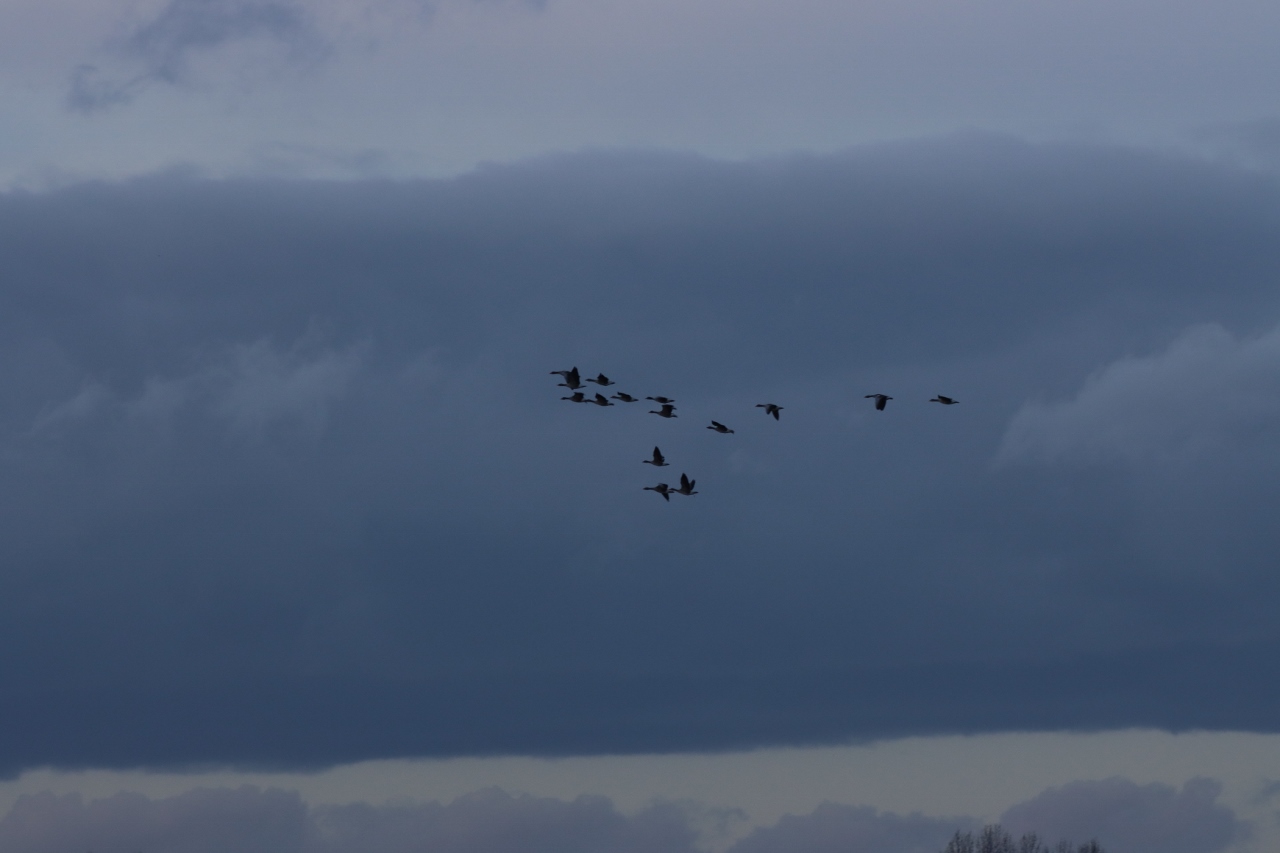
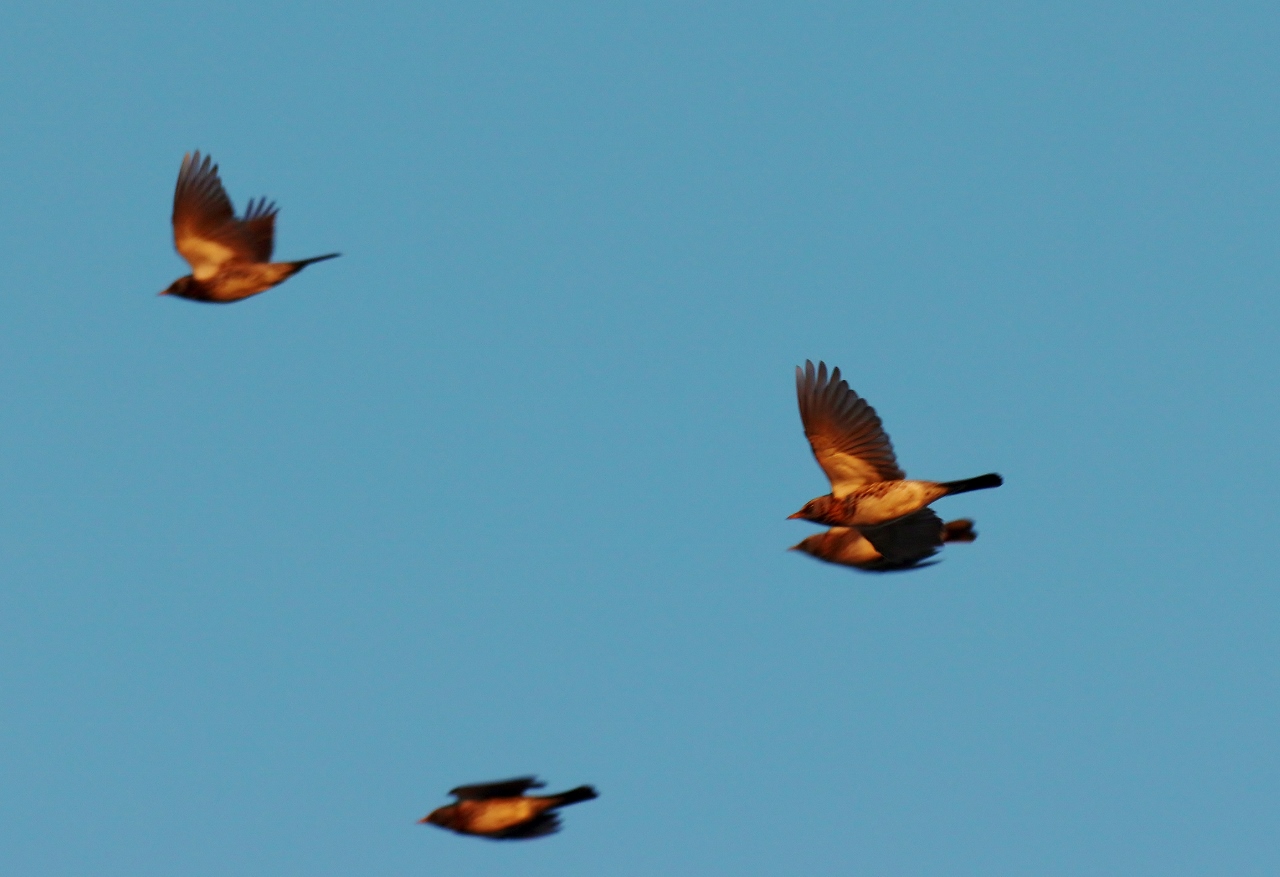
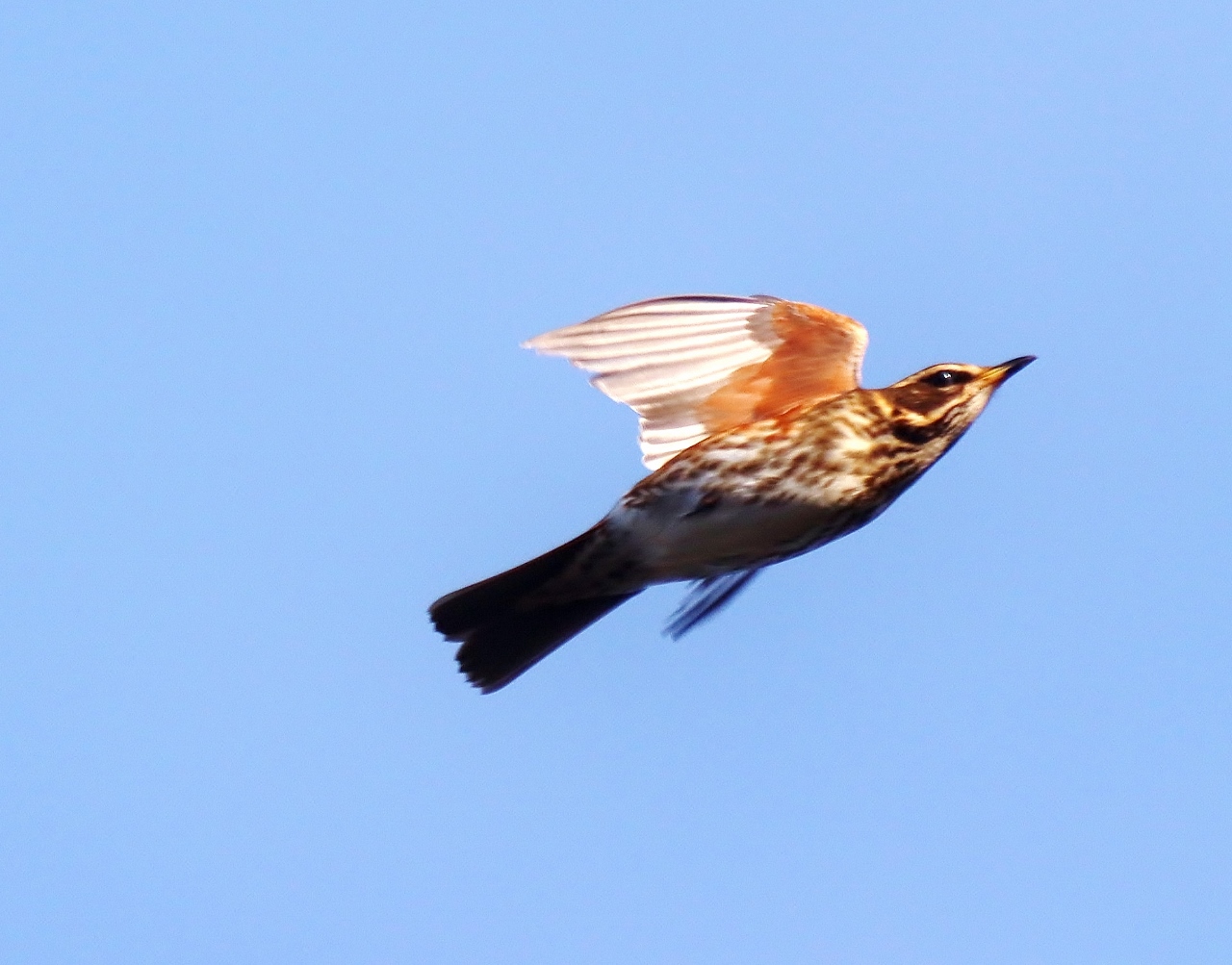
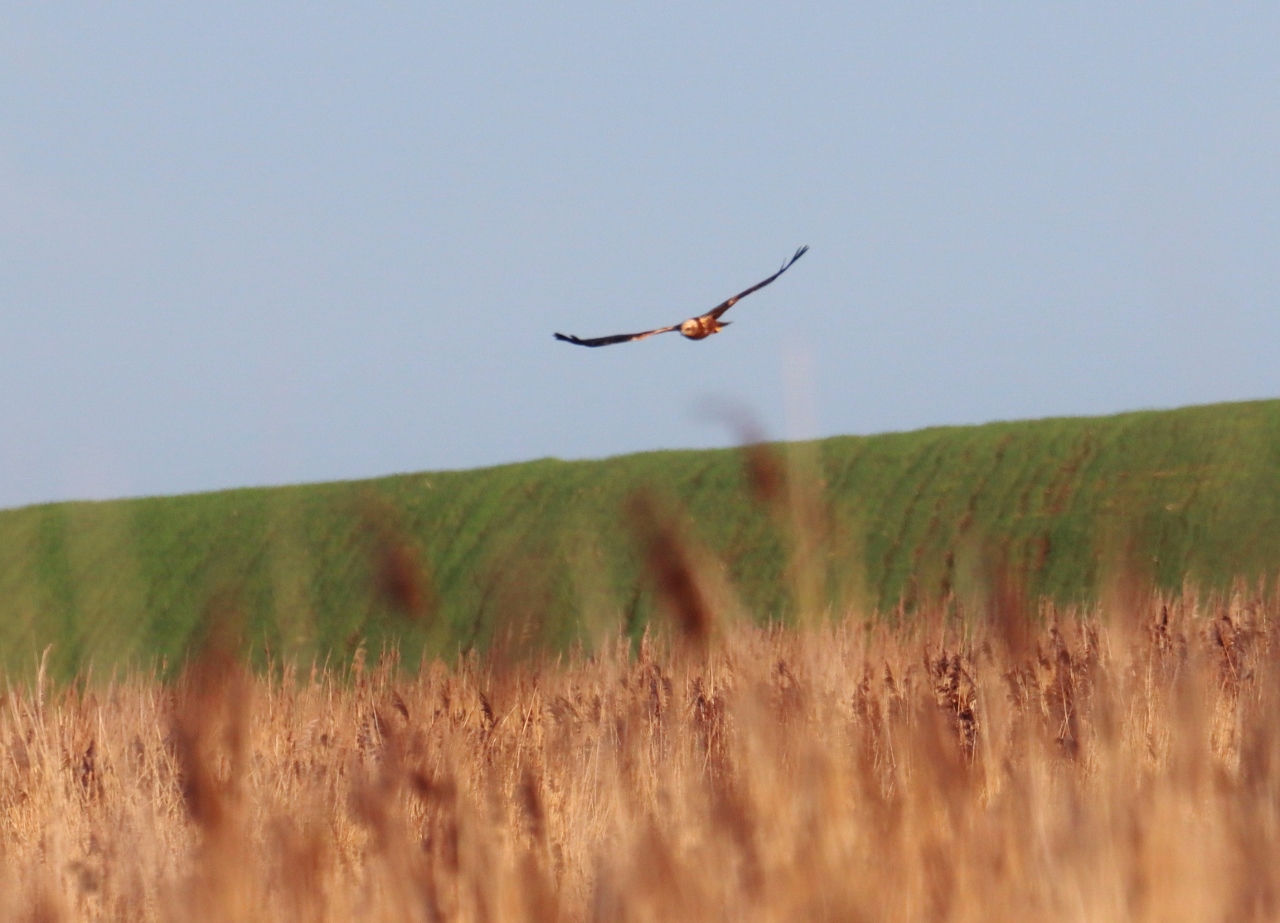
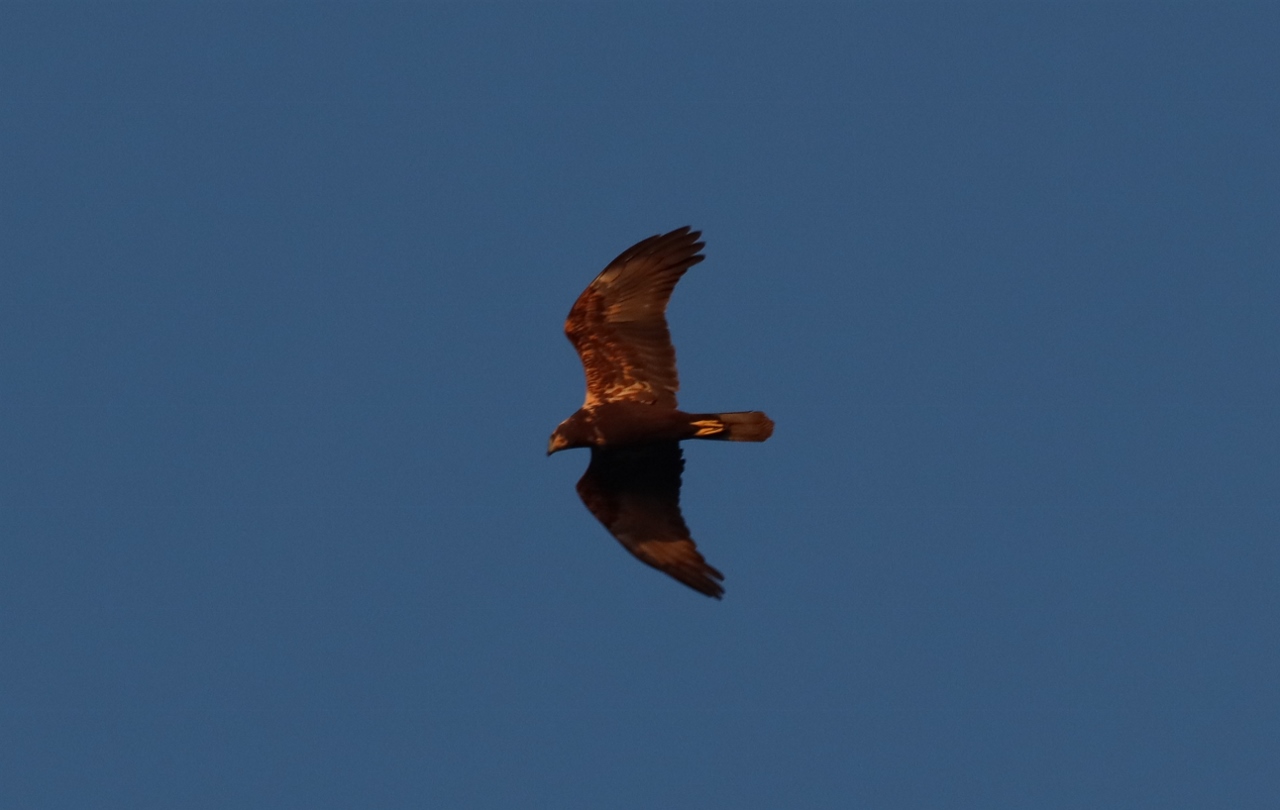
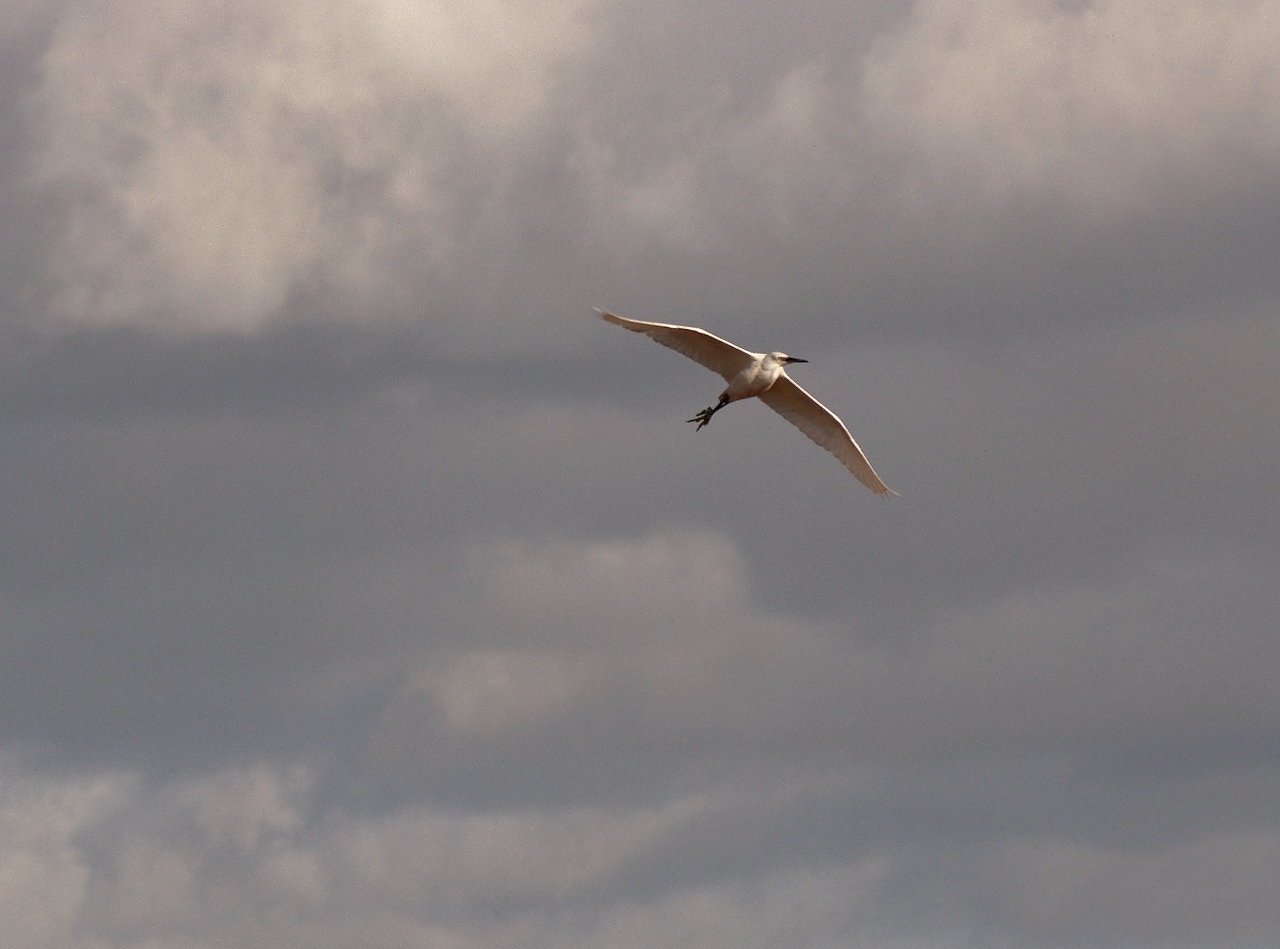
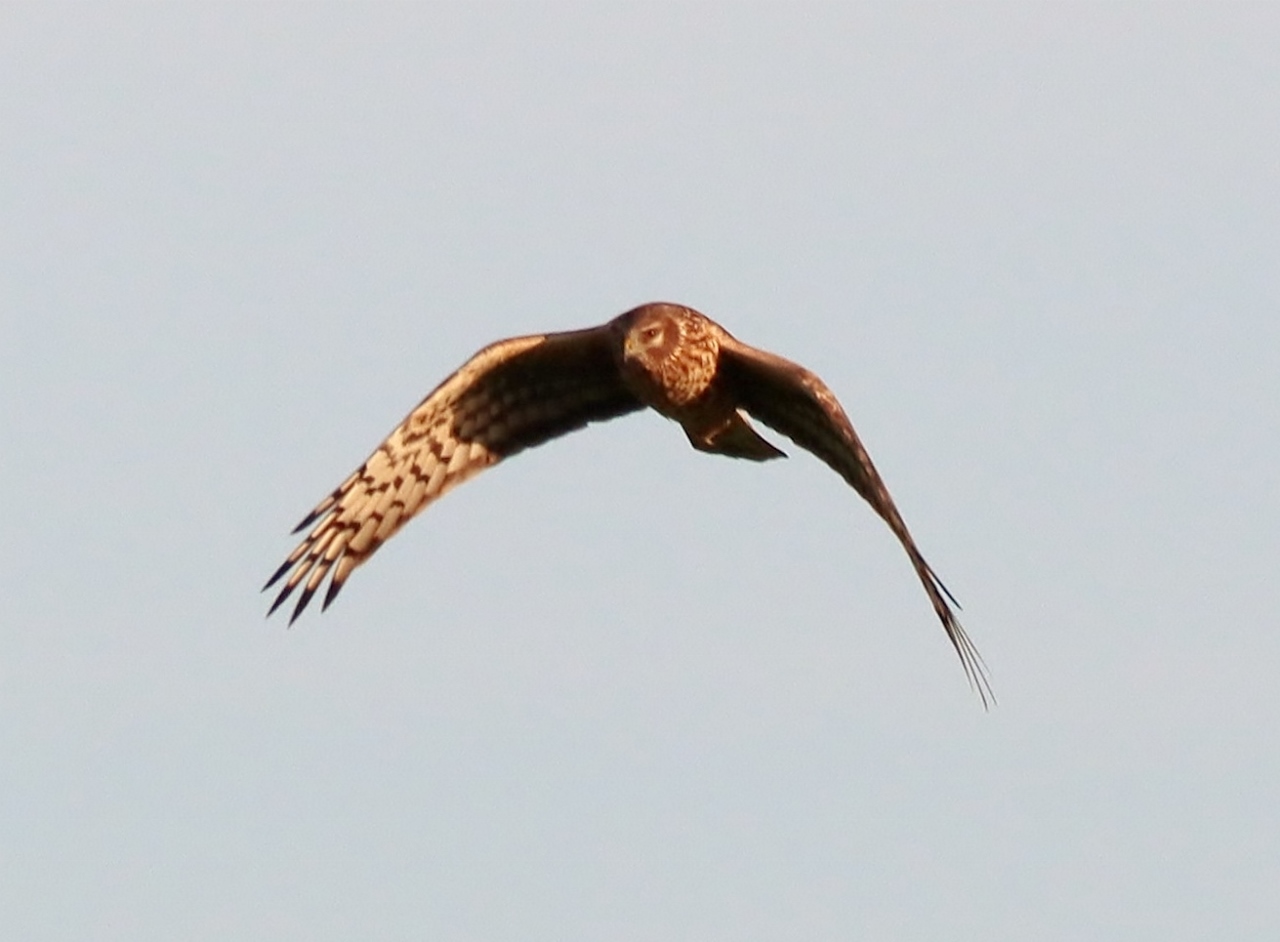

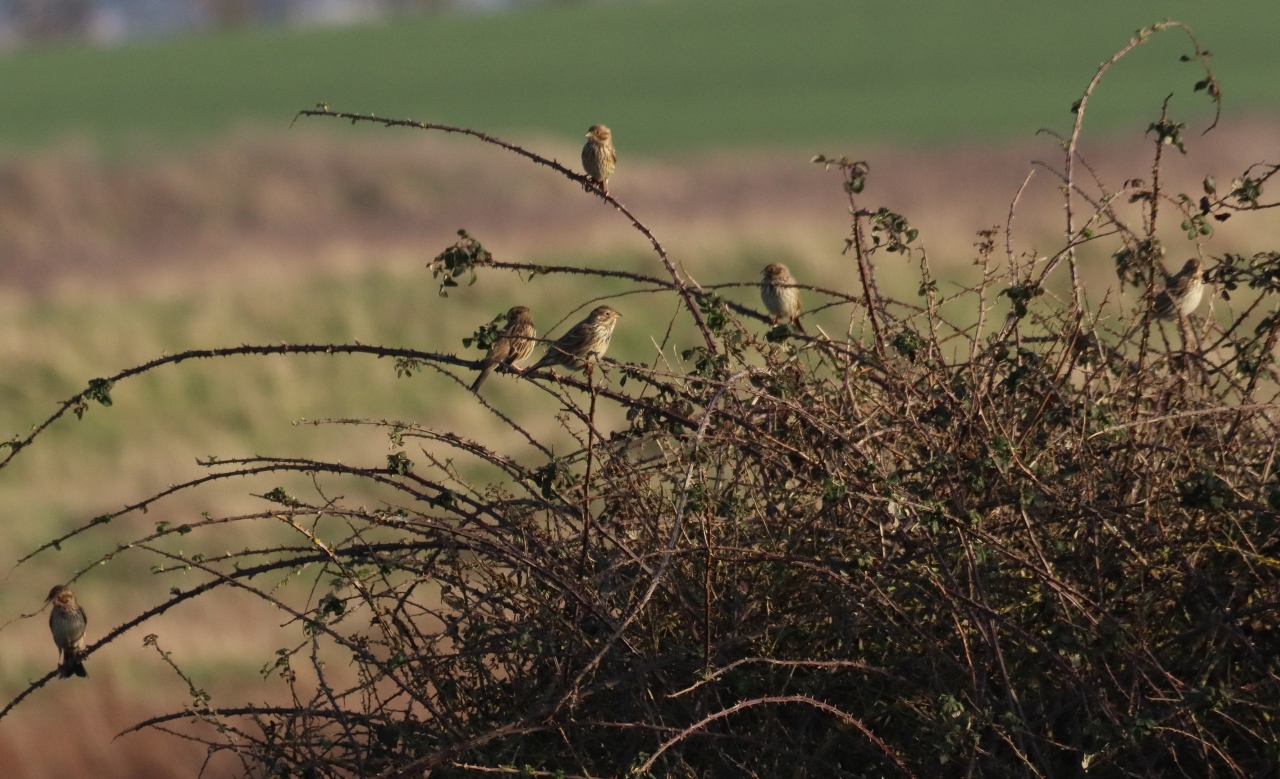
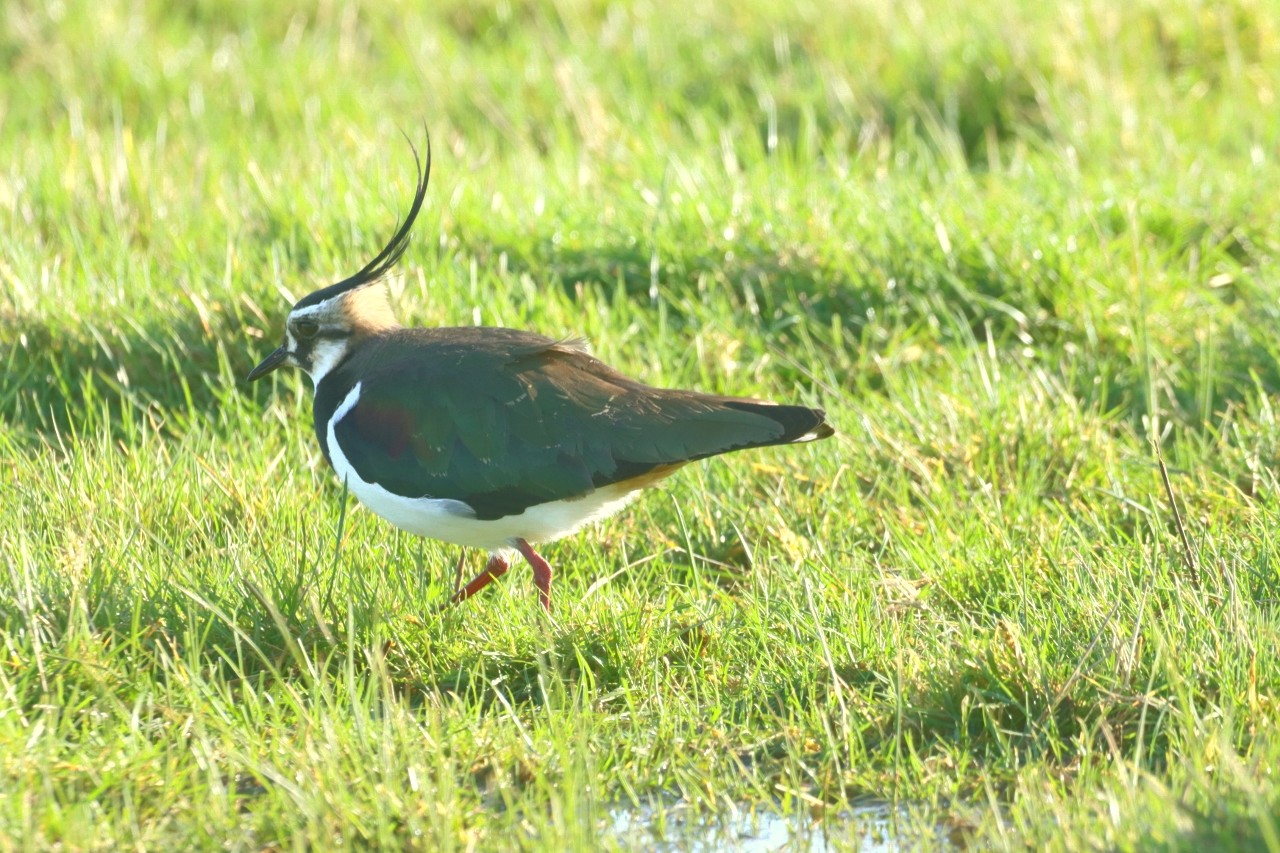
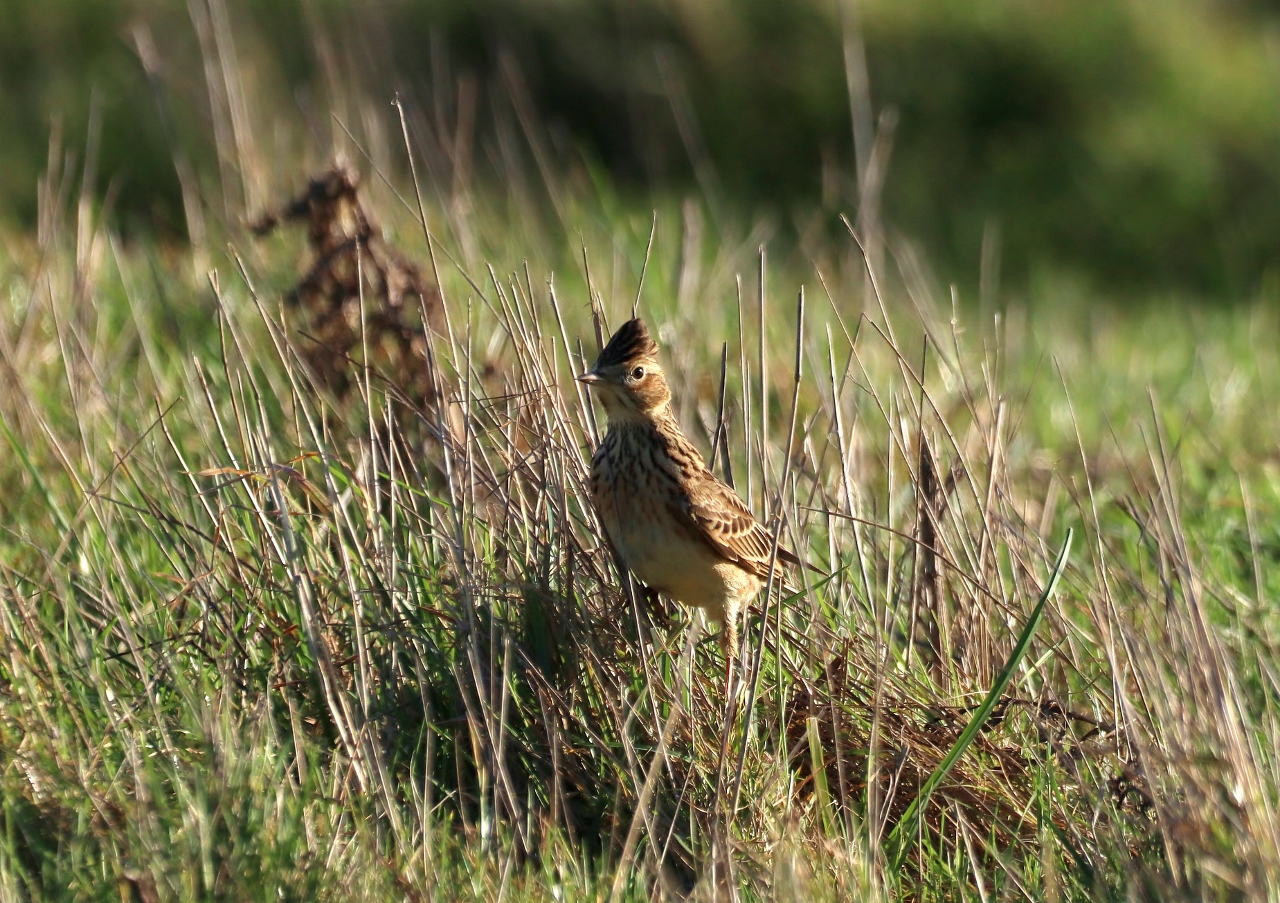
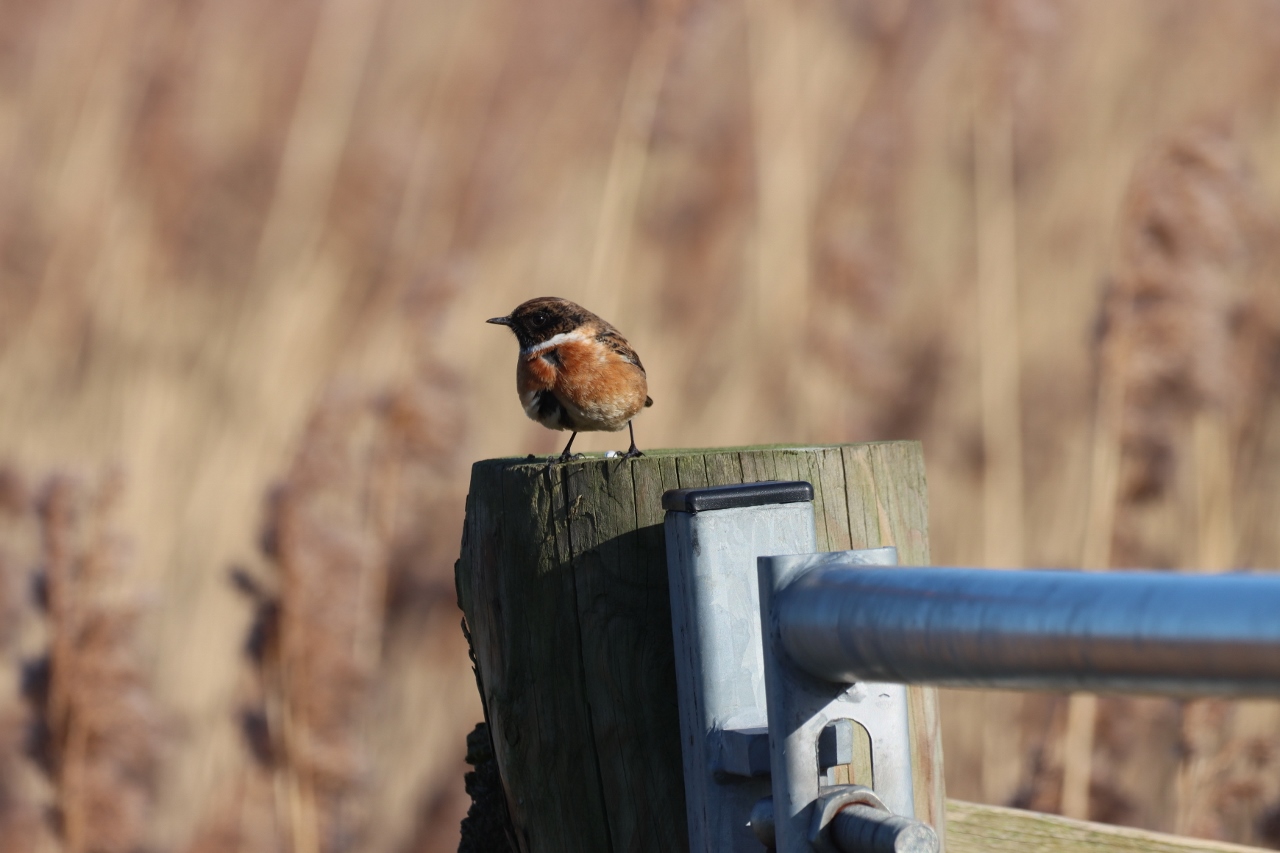
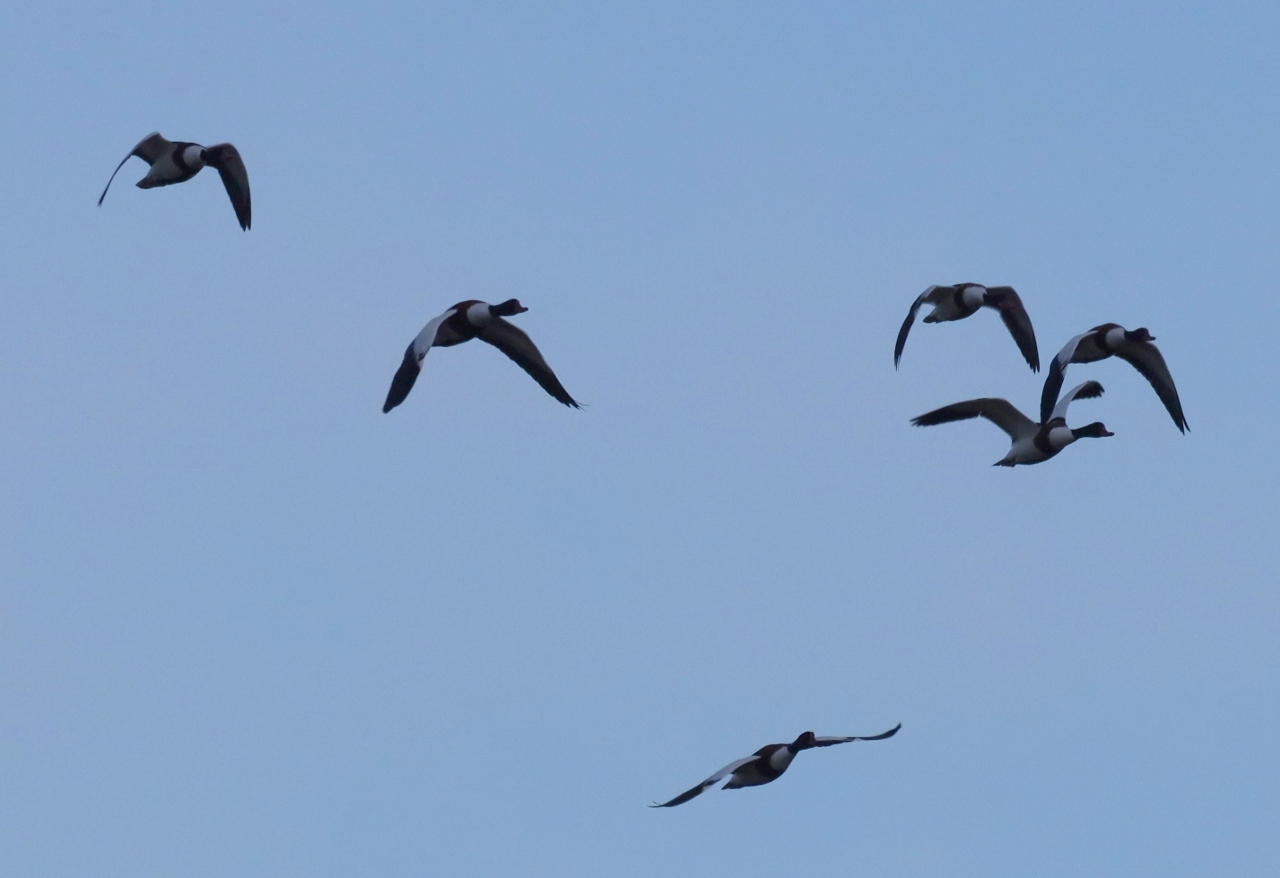
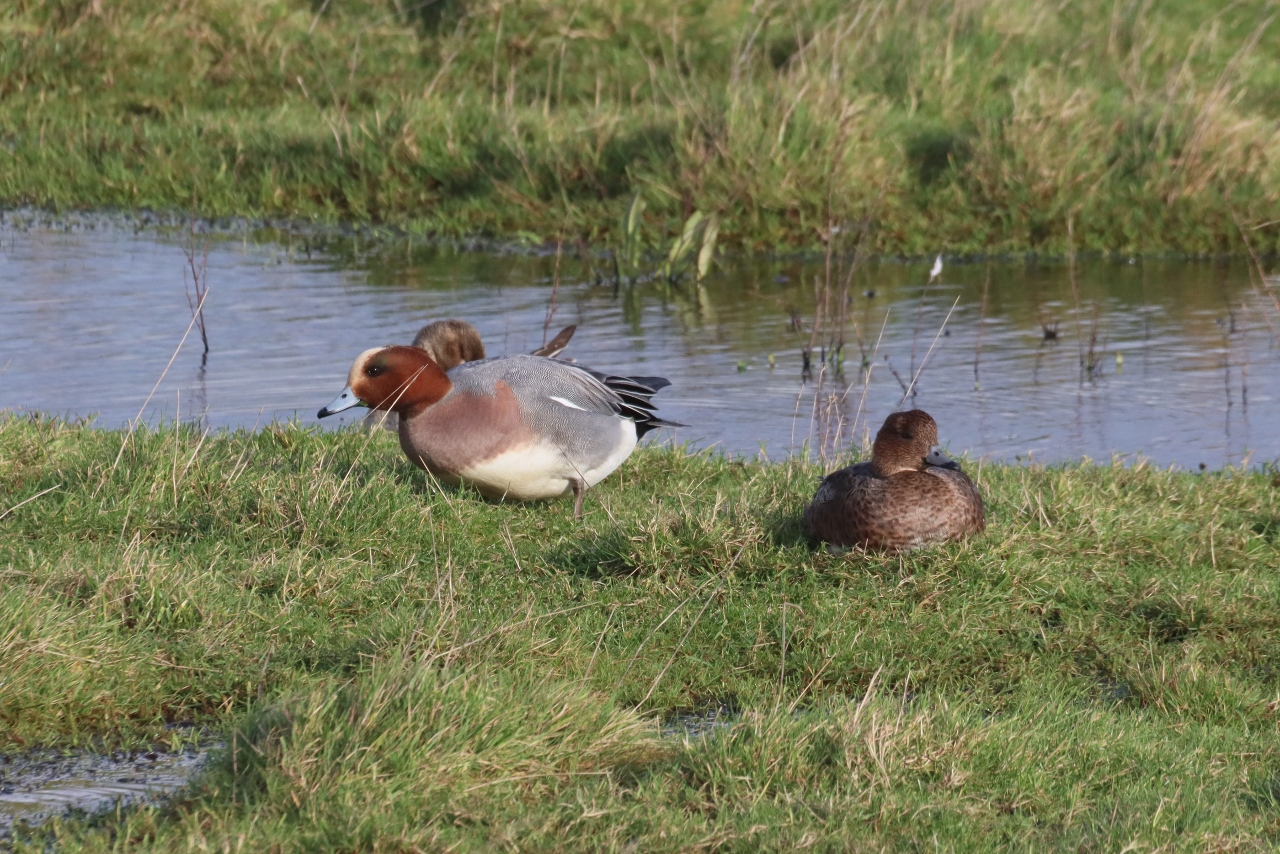
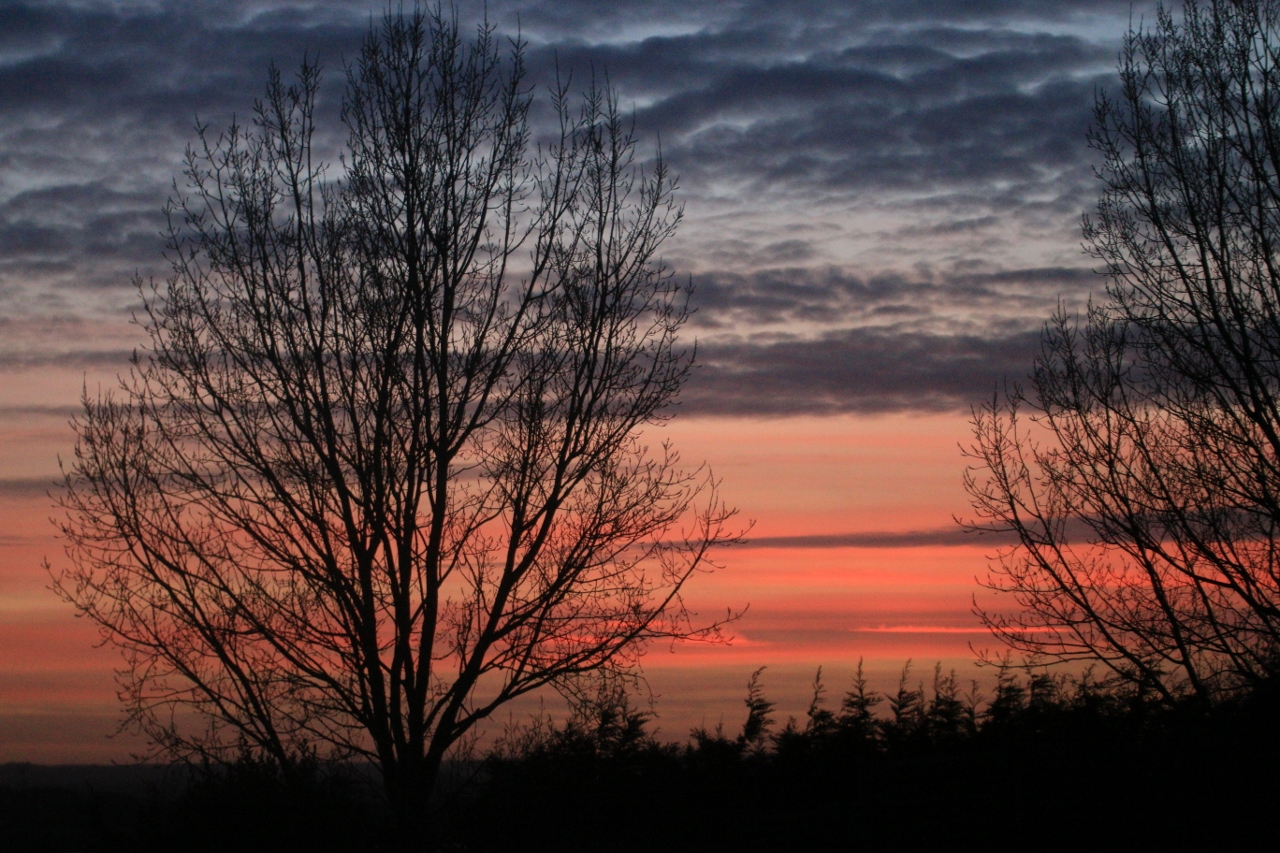









Recent Comments